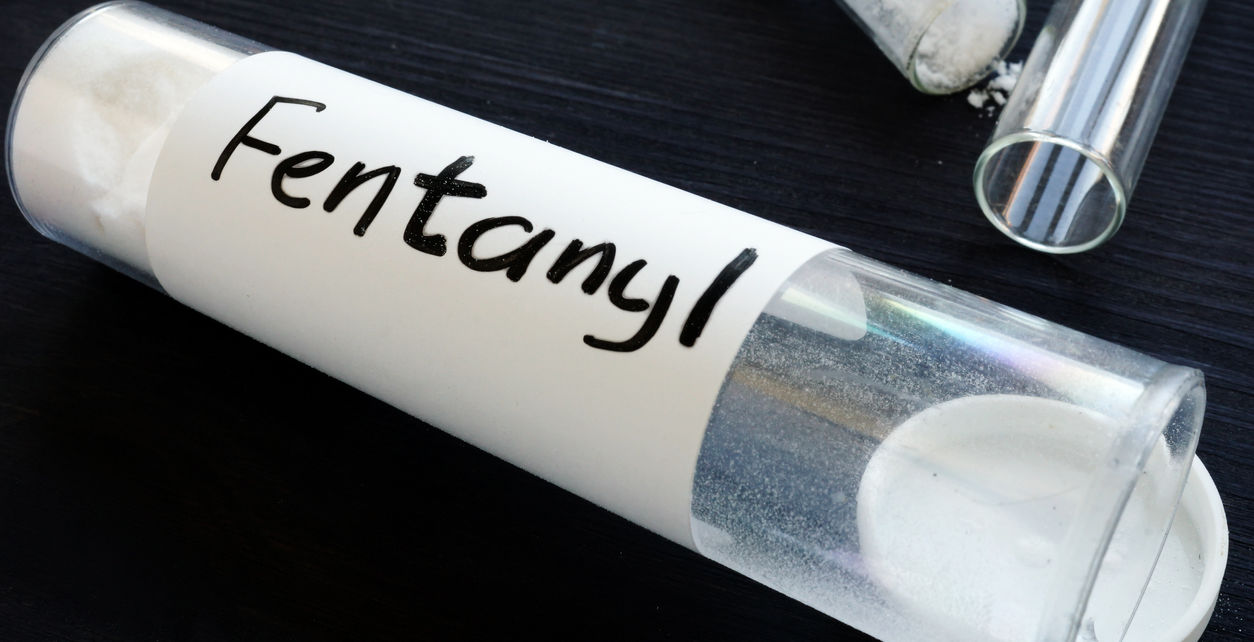
Contact Health Education Outreach
Phone | (909) 607-3602
Email | heo@claremont.edu
Hours | Monday – Friday 1:00 PM. – 6:00 P.M.
For private health sessions please call/email our department directly for scheduling.
Health Education Outreach
Tranquada Student Services Center – 1st Floor
757 College Way
Claremont, CA, 91711
Fentanyl Education, Advice, and Resources
In September of 2022, the Los Angeles County Department of Public Health (LACDPH) put out an health alert notifying folks of a nationwide growing trend of illicit drugs and counterfeit pills that have been “laced” or contaminated with fentanyl. In fact, in 2021 fentanyl was identified in over 70% of adolescent overdose deaths nationally. In LA county specifically, there had already been an increase in fentanyl related overdose deaths prior to the pandemic which has since continued to rise at alarming rates. We, here at HEO, want to bring this concerning news to the attention of our 7C community in hopes of preventing further harm or possible deaths connected to fentanyl. Our goal is to provide some recommended actions to our student body concerning this issue. We also have content located at the HEO office for you to collect and take with you.
So, what do we already know? We are already aware that students aren’t generally seeking out fentanyl. However, students do sometimes seek out other types of pills and drugs which may be contaminated with fentanyl without the student’s knowledge. We want to warn students to be extremely cautious about ingesting any pill or medication which was not prescribed for them, and dispensed to them by a licensed pharmacist. Sometimes, it is easier or tempting to purchase or obtain such drugs from unauthorized sources like a family member or friend, an illegal online platform, or “off the street”. However, these unauthorized sources are associated with the highest risk of fentanyl ingestion and overdose. Simply put, what you “believe” you are getting may not truly be what you are getting, and there very well may be fentanyl mixed in there as well, increasing your risk of an overdose. It’s also important to note that it only takes the smallest amount of fentanyl (two milligrams) to be considered a lethal dose. For your reference: two milligrams is equal to 10-15 grains of table salt.
What does HEO recommend?
Identifying and Reporting an Overdose
There are no campus sanctions for students reporting an overdose! You will not be in any trouble if you report an overdose.
4 Important Fentanyl Facts
- Fentanyl is a prescription drug that is offered to patients for the treatment of severe pain or to manage pain after a surgical procedure.
- It is 50 times stronger than heroin and 100 times stronger than morphine which is also a prescription drug used for pain management.
- Outside of a prescription, fentanyl is being created and sold illegally and is now the most common drug involved in recent drug-related overdose deaths in the U.S.
- The illegal form of fentanyl is lab created and could be mixed in with other drugs such as heroin, cocaine, and even methamphetamine, making the drugs more prone to cause a fatal reaction. Even pills being distributed for medical health conditions, if not dispensed by a licensed pharmacist, may be contaminated with fentanyl or other harmful drugs. For example, people who can’t obtain a prescription for their ADHD needs or to manage extreme pain may look to obtain these medicines “off the street”, from a family member or a friend, or an illegal online platform but may end up receiving contaminated pills.
